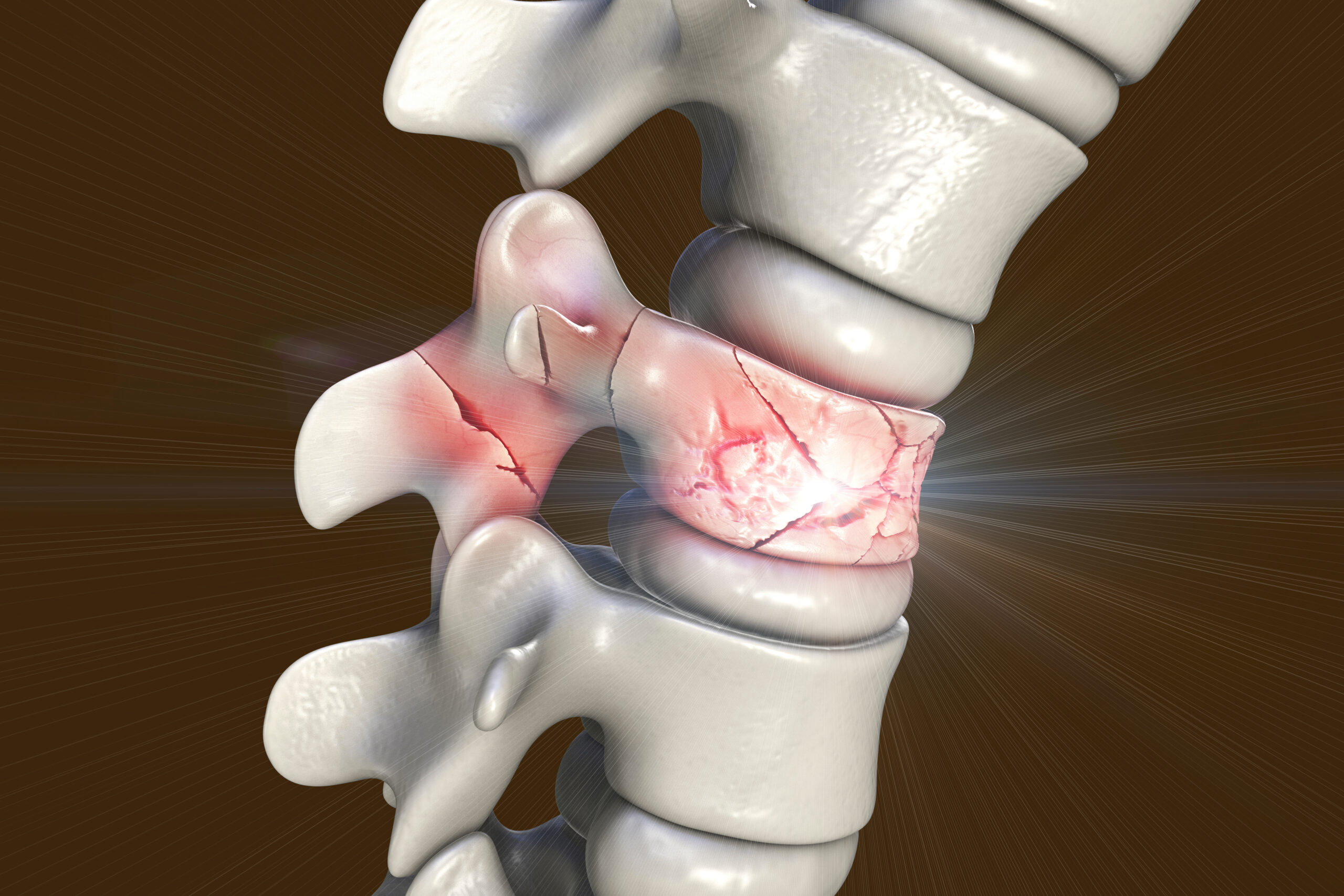Spinal cord injuries can present in variable ways but often result in the death of spinal nerves and varying degrees of paralysis. There is a large ongoing research effort surrounding spinal cord injuries and trying to promote neuron growth/neuron function as a curative method. A recent study from UCLA has uncovered a key neuron cell population to help regrow functional neurons that are functional following a spinal cord injury using a mouse model.
The researchers first worked to extensively profile different types of neurons involved in neuronal repair, looking at both their location in the spinal cord and their neuronal subtype. From this, they were successfully able to identify neuron subtypes that can enable an improvement in function (for example, walking improvement) following a partial spinal cord injury. The researchers then investigated whether promoting the growth of these specific neurons following spinal cord injury would help improve outcomes. Interestingly, increased targeted neuronal growth showed no improvement in walking abilities in the mice.
Researchers are working to try and better understand neuron regrowth following spinal cord injuries to see if it can help restore neuron function.
Image Source: stevecoleimages
The researchers then investigated the impact of both growth and location/directionality of these new neurons. They used specific chemicals that would help guide the growth of the neuron to targeted locations working to restore the natural pathways of the neurons that were disrupted with the spinal cord injury. From this directed growth, the researchers noticed a substantial increase in walking abilities. These results showcase that re-establishing neuron pathways is critical in restoring function.
While this study showed promising results in mice, there are many things to consider when thinking of a treatment for humans. For human spinal cord injuries, the scale of the injury is much greater than a mouse model and there is a considerable amount of distance that neurons would need to grow. Further research is needed to see how this model applies to larger animal model systems and if they can be translated to a larger injury or distance and whether or not function can be restored to any therapeutic degree.
Featured Image Source: Dr_Microbe










